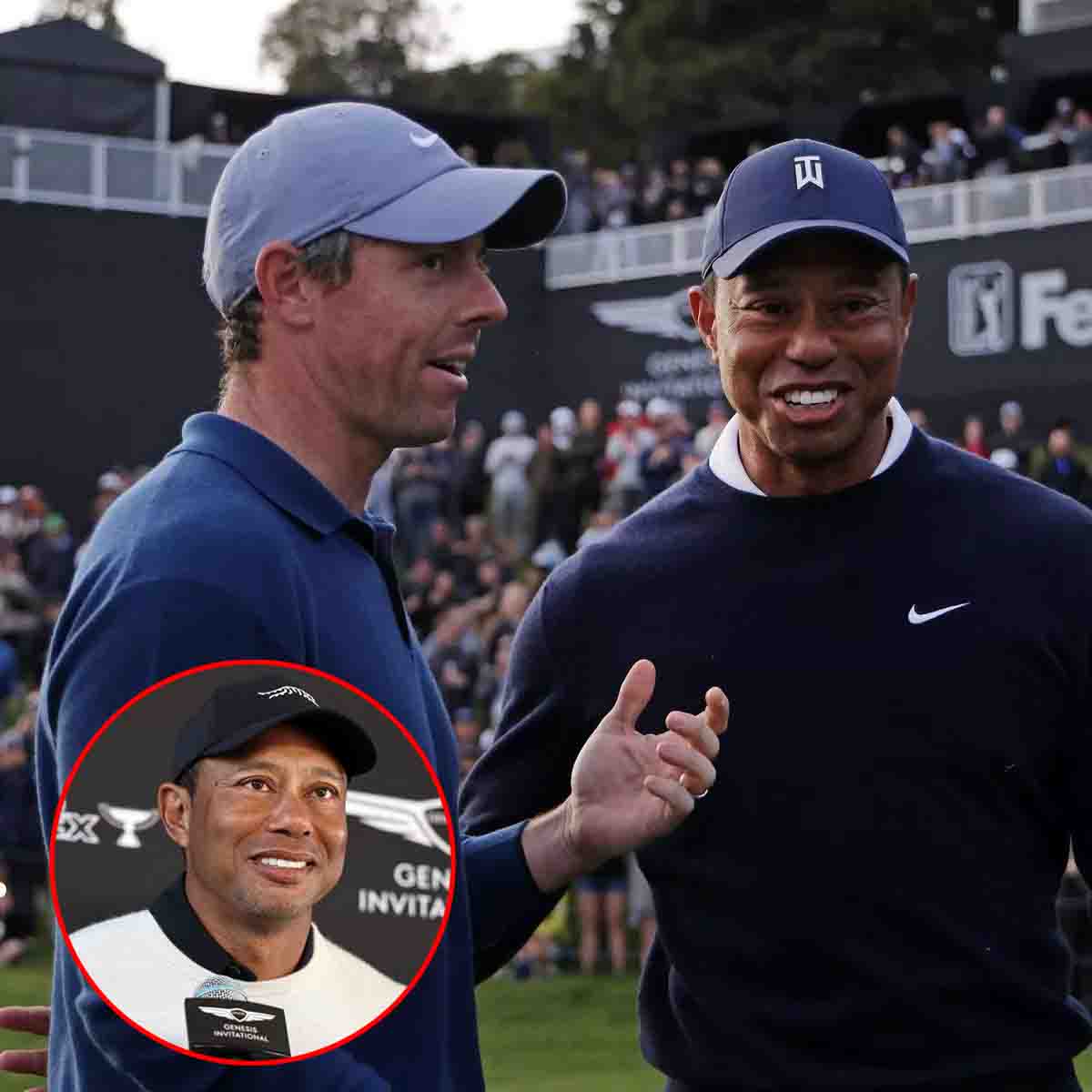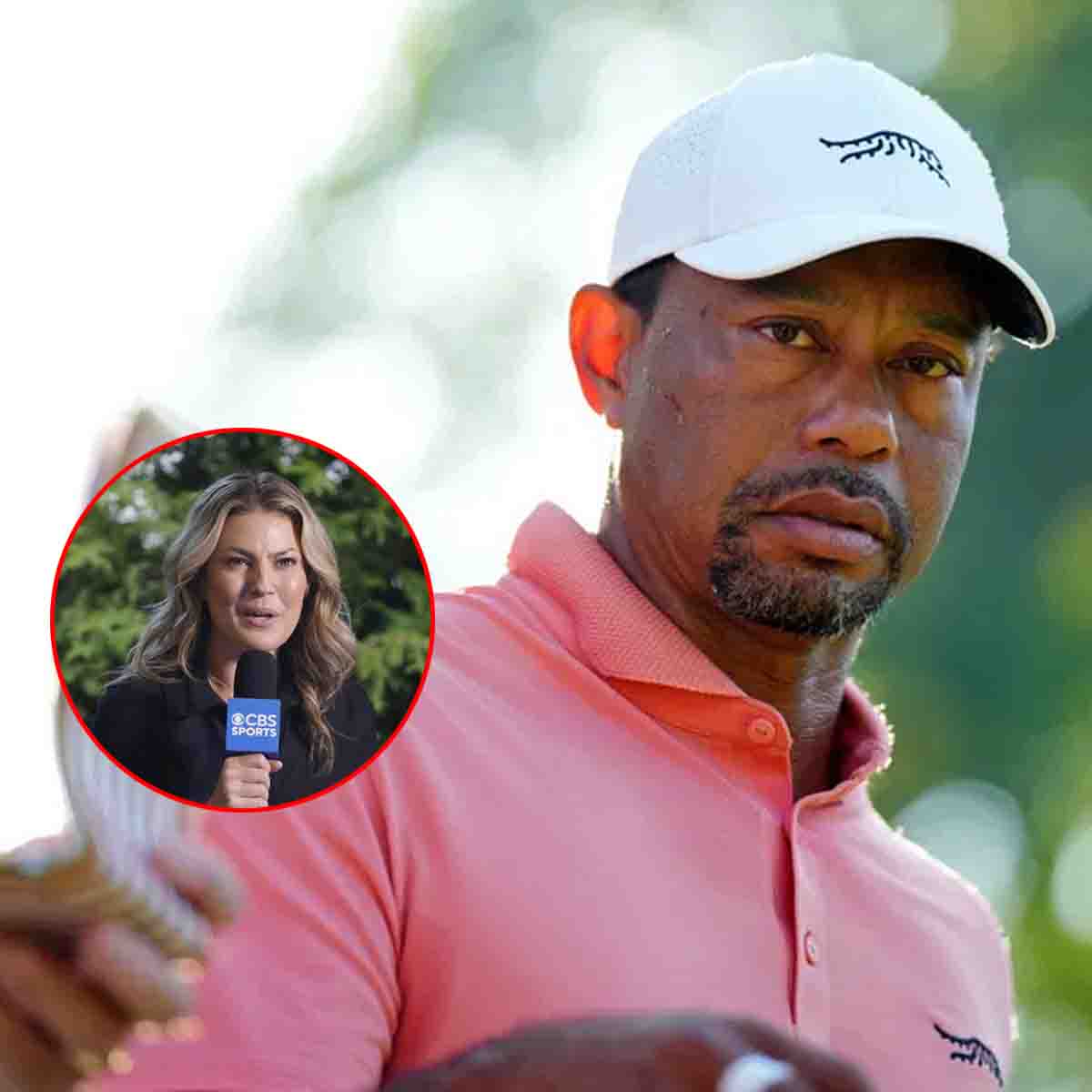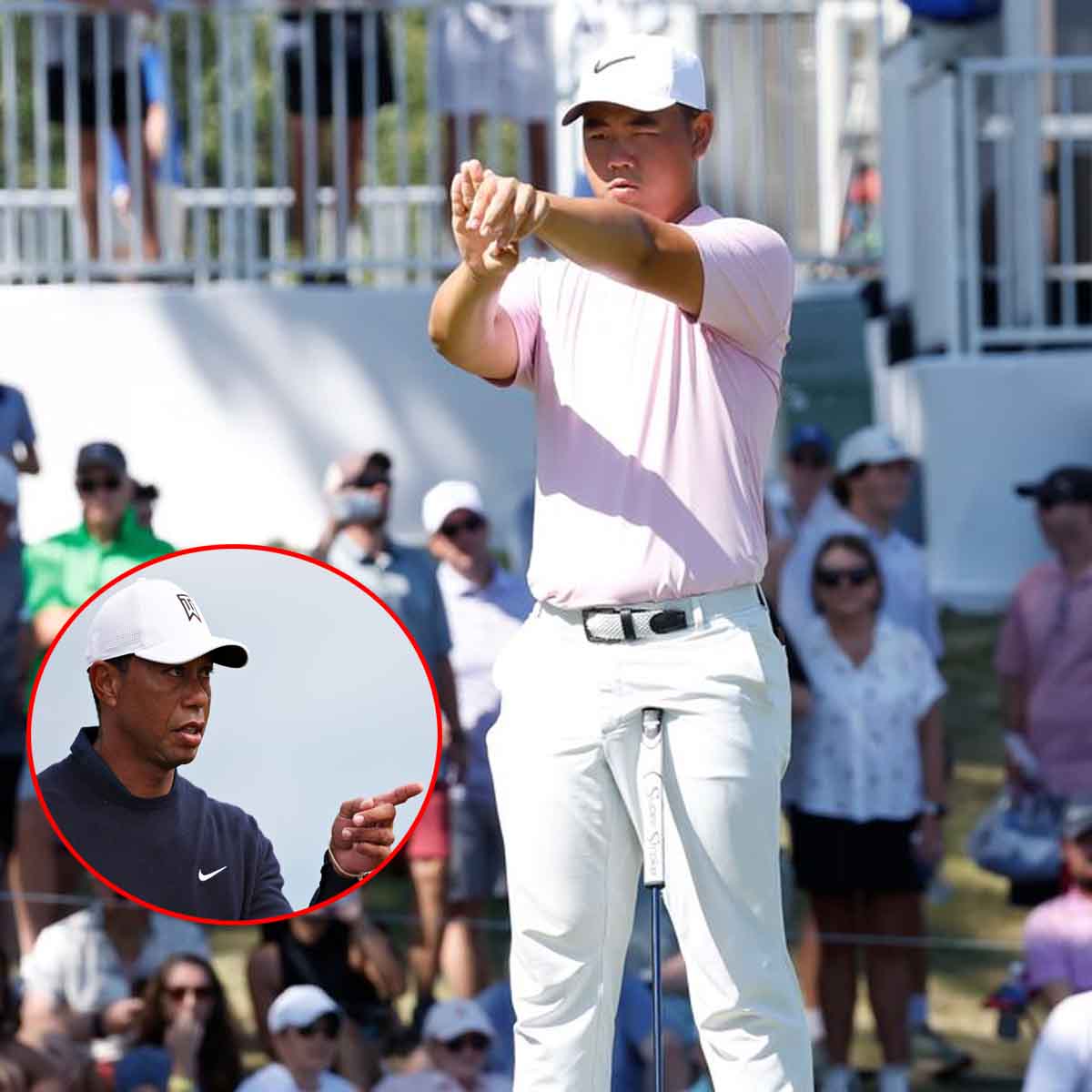Ranking the least efficient scorers of the current 2023-24 NBA Season.
In the fast-paced realm of the NBA, where every point can tip the scales between victory and defeat, scoring efficiency is a crucial indicator of a player’s performance. In this comprehensive analysis, we delve into key statistics provided by Basketball Reference, specifically examining Points Added by Overall Shooting and the number of additional points generated by True Shot Attempts above the league average.
Through these meticulous parameters, we aim to explore players who, in the current season, have proven to be the least efficient in converting their scoring attempts into valuable points for their teams.
1. Jordan Poole (Washington Wizards)
Credit: Lon Horwedel-USA TODAY Sports
Points Added: -124.5
Season Splits: 40.1 FG%, 31.0 3P%, 86.0 FT%
In what was supposed to be a fresh start for the Washington Wizards, Jordan Poole’s arrival has unfortunately not lived up to expectations. Currently ranking as the NBA’s least efficient scorer, Poole’s performance is dragging down the team, reflected in his discouraging Points Added of -124.5.
Taking a closer look at his stats, Poole’s 40.1% field goal percentage suggests he can make shots, but his decision-making on the court leaves much to be desired. Too often, he opts for tough shots or contested three-pointers instead of making smarter choices that could boost his efficiency and, in turn, help the struggling Wizards.
His three-point shooting at 31.0% is a sore spot for both Poole and the team. Whether it’s adjusting to a new playing style or a technical hitch in his shooting, his inconsistency from beyond the arc is hurting the Wizards, who currently find themselves at the bottom of the standings.
While Poole’s free-throw accuracy stands at an impressive 86.0%, it’s not enough to compensate for his overall offensive struggles. The Wizards, hoping for a post-Bradley Beal resurgence, are grappling with disappointment as Poole’s contributions fall short of expectations as one of the most disappointing players this season.
With an average of 16.3 points, 3.7 assists, and 2.5 rebounds in 58 games, Poole seems to be putting in effort individually. Yet, the team’s lack of success raises questions about whether his style of play is truly fitting into the Wizards’ system.
As the Wizards strive to climb out of the league’s basement, Poole’s difficulties become emblematic of the team’s broader issues. For Wizards fans, the hope that Poole brought to Washington is fading, replaced by the harsh reality of a season marked by inefficiency and unmet expectations.
2. Jalen Green (Houston Rockets)
Credit: Troy Taormina-USA TODAY Sports
Points Added: -114.2
Season Splits: 40.7 FG%, 31.8 3P%, 81.1 FT%
Jalen Green, the highly-touted youngster for the Houston Rockets, finds himself on the list of the NBA’s least efficient scorers this season with a Points Added of -114.2. Despite the Rockets nurturing hopes for Green to be a scoring dynamo, his performances have fallen short, contributing to the team’s challenges.
Green’s season splits indicate a familiar narrative, with a 40.7% field goal percentage suggesting he can find the basket, but not with the consistency one would expect from a rising star. His three-point shooting at 31.8% demonstrates a need for improvement, as the Rockets look to Green to be a reliable outside threat.
Despite these struggles, Green maintains an 81.1% free-throw accuracy, providing a silver lining amidst the offensive woes. For Green, it’s essential to question whether his individual contributions are positively impacting the overall team performance.
In terms of individual stats, Green averages 18.2 points, 4.9 rebounds, and 3.4 assists across 60 games this season. While these numbers suggest a promising future, the context of the Rockets’ overall standing in the league brings into question the impact of Green’s scoring on the team’s success as Alperen Sengun looks more like the cornerstone of the franchise.
As the Rockets navigate a season marked by rebuilding, Green’s development becomes a focal point for fans and analysts alike. Can he refine his shot selection and contribute more efficiently to help lift the Rockets from their current struggles? Only time will tell if Green can evolve into the scoring force the Rockets envisioned when drafting him.
3. Scoot Henderson (Portland Trail Blazers)
Credit: Lucas Peltier-USA TODAY Sports
Points Added: -110.8
Season Splits: 37.5 FG%, 31.0 3P%, 81.8 FT%
Scoot Henderson’s journey with the Portland Trail Blazers has been one of intrigue, where the numbers only begin to scratch the surface of his inefficiency as a scorer. Positioned among the NBA’s least efficient, Henderson’s challenges extend beyond statistical measures, delving into the intricacies of his playing style, decision-making, and the nuances that contribute to his struggles.
A deeper analysis of Henderson’s inefficiency reveals a conundrum in shot selection and decision-making on the court. The 37.5% field goal percentage suggests a propensity for attempting shots that may be ill-advised or contested. Whether it’s a product of adjusting to the NBA’s heightened defensive intensity or an eagerness to make an impact, Henderson often finds himself in situations where a more judicious shot selection could bolster his scoring efficiency. The NBA landscape places a premium on effective three-point shooting, and Henderson’s 31.0% from beyond the arc falls below the league’s expectations.
Efficient scoring in the NBA often hinges on a player’s ability to master the jump shot and create space for themselves and their teammates. Henderson’s current deficiencies in these areas hinder his effectiveness as a primary scoring option. Developing a reliable jump shot and honing the skills to create separation from defenders are crucial elements for any aspiring scorer in the league.
As the 2nd draft pick and a significant hope for the Blazers in the post-Damian Lillard era, Henderson bears the weight of expectations. The pressure to not only contribute individually but also to serve as a catalyst for the team’s resurgence places an additional layer of complexity on his shoulders.
4. Jordan Clarkson (Utah Jazz)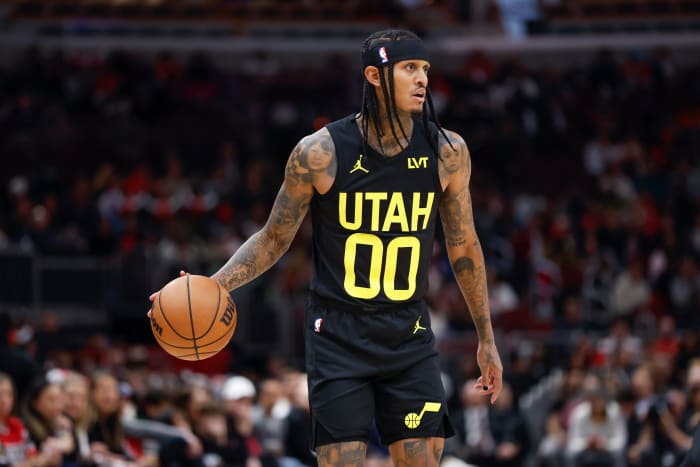
Credit: Kamil Krzaczynski-USA TODAY Sports
Points Added: -100.0
Season Splits: 41.0 FG%, 29.5 3P%, 88.0 FT%
Jordan Clarkson, long regarded as a scoring spark, unexpectedly finds himself among the NBA’s least efficient this season with a Points Added of -100.0. As the Utah Jazz undergo a rebuilding phase, Clarkson’s individual challenges mirror the team’s broader efforts to redefine their identity post-Gobert and Mitchell.
Examining the stats, Clarkson’s 41.0% field goal percentage, while not alarming, hints at inconsistencies in his scoring efficiency. The deeper issue lies in his three-point shooting, currently at 29.5%, well below his established standards. The Jazz, historically reliant on outside threats, find themselves yearning for Clarkson’s signature scoring bursts, which have been elusive this season.
Despite his scoring struggles, Clarkson maintains an impressive 88.0% free-throw accuracy, providing a silver lining amidst the offensive turbulence. However, the Jazz’s 11th seed standing in the competitive Western Conference signals the challenges they face in transitioning from the Gobert and Mitchell era.
Beyond individual statistics, the Jazz’s rebuilding efforts are visibly centered around the promising Collin Sexton and rookie Keyonte George. With Lauri Markkanen guiding the way, the Jazz perimeter looks promising, yet the collective adjustment to a post-Gobert and Mitchell era remains a work in progress.
Clarkson’s role in this transformation is pivotal, and his scoring efficiency becomes a critical factor in the team’s success. As the Jazz navigate these uncharted waters, the hope is for Clarkson to rediscover his scoring prowess and provide stability as they mold a new identity. In a season of rebuilding, both for the Jazz and their dynamic sixth man, the journey towards efficiency on the court may hold the key to a brighter future.
5. Nikola Vucevic (Chicago Bulls)
Credit: Kamil Krzaczynski-USA TODAY Sports
Points Added: -99.1
Season Splits: 47.4 FG%, 27.3 3P%, 83.5 FT%
Nikola Vucevic, once a stalwart in the Chicago Bulls’ frontcourt, finds himself grappling with inefficiency this season, reflected in his Points Added of -99.1. As the Bulls undergo a rebuilding phase, Vucevic’s scoring challenges are emblematic of the broader adjustments the team is making without key contributors like Lavine and an underperforming DeRozan.
While Vucevic’s 47.4% field goal percentage remains relatively solid, his three-point shooting at 27.3% raises concerns, especially considering the evolving landscape where big men who can stretch the floor are increasingly valuable. The Bulls, in need of offensive contributions from all angles, find themselves facing a scoring void with Vucevic not delivering from beyond the arc.
The Bulls’ rebuilding narrative takes center stage with Lavine sidelined since January due to a season-ending foot operation. DeRozan, while a key acquisition, has faced challenges in replicating his stellar performances from the previous season. In this context, young talents like Coby White, Ayo Dosunmu, and the newly acquired Andre Drummond have been stepping up, posing questions about Vucevic’s role in the scoring department.
Despite Vucevic’s efficient 83.5% free-throw shooting, his overall impact in the scoring realm has been less pronounced than expected. Averaging 17.9 points, 10.7 rebounds, and 3.4 assists in 55 games, Vucevic’s numbers suggest a respectable individual performance, yet the context of a rebuilding Bulls team adds layers to the analysis.
As the Bulls look towards the future, the spotlight shifts to the development of their young pieces and the need for Vucevic to find ways to contribute more effectively in the ever-evolving NBA landscape. The challenge for Vucevic lies not only in individual improvement but also in adapting his game to align with the team’s rebuilding trajectory.
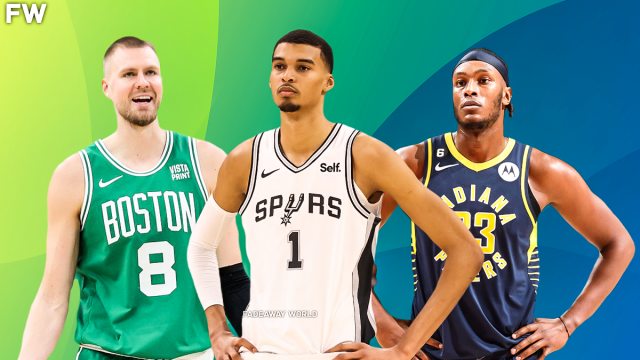

Credit: Jayne Kamin-Oncea-USA TODAY Sports
Points Added: -99.1
Season Splits: 45.2 FG%, 26.8 3P%, 67.7 FT%
Russell Westbrook, a perennial star, finds himself in uncharted territory as the Los Angeles Clippers strategically deploy him as their sixth man. Despite the team’s ascension to the summit of the Western Conference with the arrival of Harden, Westbrook’s season has been marked by inconsistent scoring performances, reflected in his -99.1 Points Added.
Westbrook’s individual statistics paint a unique picture. With averages of 11.1 points, 5.1 rebounds, and 4.4 assists in 58 games, his role as a scorer has diminished, yet his impact in other facets of the game remains vital. The Clippers’ decision to transition Westbrook into a sixth-man role signals a shift in focus, aiming to maximize his effectiveness in shorter bursts while maintaining a balance in the team’s overall performance.
Into the season, Westbrook has faced challenges in adapting to this new dynamic. Several stretches in the season have seen him struggle to reach double-digit scoring figures, with inconsistent shooting percentages in various games. These fluctuations have raised questions about his ability to decisively alter the outcomes of games, especially when his scoring contributions fall below the expected threshold.
Despite his scoring challenges, Westbrook remains an integral piece of the Clippers’ puzzle. His relentless energy, playmaking ability, and leadership on the court contribute to the team’s status as a favorite for the championship. The Clippers, with their eyes on the ring, acknowledge Westbrook’s enduring value beyond traditional scoring metrics.
As Westbrook navigates the intricacies of his new role, the Clippers are banking on his adaptability and resilience. The team’s success hinges on Westbrook’s ability to balance scoring efficiency with his broader impact, showcasing the multifaceted nature of his contribution to the Clippers’ championship aspirations. In a season of adjustments and high expectations, Westbrook’s journey unfolds as a critical narrative in the Clippers’ pursuit of NBA glory.
7. Jeremy Sochan (San Antonio Spurs)
Credit: Jeff Hanisch-USA TODAY Sports
Points Added: -83.4
Season Splits: 44.4 FG%, 33.5 3P%, 76.8 FT%
Jeremy Sochan, amidst a talented San Antonio Spurs roster, faces a conundrum highlighted by a Points Added of -83.4. Despite his relatively solid shooting percentages, including 44.4% from the field and 33.5% from three-point range, Sochan grapples with a lack of compatibility with Wembanyama on the court, particularly when utilized as a point guard.
Sochan’s individual statistics, averaging 11.3 points, 6.1 rebounds, and 3.4 assists in 61 games, paint a picture of a player with diverse skills. However, challenges emerge when considering his playmaking role, especially in tandem with Wembanyama. Sochan’s struggles to serve as an effective point guard limit the team’s offensive fluidity and expose areas where his game needs refinement.
The inconsistency in Sochan’s three-point shooting further compounds the issue. In a league where outside threats play a pivotal role, a more reliable three-point shot is essential for a player utilized in various positions. Additionally, the underdeveloped mid-range game underscores an area where Sochan can enhance his offensive repertoire.
Complicating matters is the wealth of scoring options on the Spurs roster. Wembanyama, Vassell, and Keldon Johnson possess superior scoring resources, relegating Sochan’s scoring to a supplementary role. While he contributes across multiple categories, his scoring doesn’t stand out as elemental to the team’s success compared to the aforementioned players.
As the Spurs continue their campaign, the challenge for Sochan lies in evolving his playmaking skills and refining his scoring, especially from beyond the arc and mid-range. Finding a niche amidst the talented roster will be pivotal for his continued development and contributions to the Spurs’ success.
8. David Roddy (Phoenix Suns)
Credit: Eric Canha-USA TODAY Sports
Points Added: -79.5
Season Splits: 40.4 FG%, 30.4 3P%, 68.7 FT%
David Roddy, a recent addition to the Phoenix Suns roster at the trade deadline, grapples with efficiency challenges reflected in a Points Added of -79.5. The transition to a new team can be daunting, and for Roddy, adapting to the Suns’ system has presented hurdles in finding consistent scoring contributions.
Examining his season splits reveals a shooting struggle for Roddy, with a 40.4% field goal percentage and a 30.4% success rate from beyond the arc. The mid-season move may have disrupted his rhythm, impacting his ability to seamlessly integrate into the Suns’ offensive schemes. Adjusting to a new role and play style often takes time, and Roddy’s efficiency challenges may be a temporary setback as he acclimates to his new surroundings.
Despite the struggles, Roddy’s 8.3 points, 4.1 rebounds, and 1.6 assists in 49 games suggest potential contributions across multiple facets of the game. Yet, as the Suns, a team with championship aspirations, seek harmony in their roster, Roddy’s efficiency becomes a focal point for improvement.
The context of his acquisition at the trade deadline adds layers to the analysis. Roddy’s role in the Suns’ rotation is still evolving, and the team likely anticipates a smoother integration as he becomes more acclimated to their strategies and playing style.
As the regular season progresses, Roddy’s efficiency challenges may be a transient phase, especially considering the Suns’ track record of developing and optimizing talent. The journey for Roddy with the Suns represents a narrative of potential, adaptation, and the quest for optimal efficiency as the team eyes success in the postseason.
9. Josh Giddey (Oklahoma City Thunder)
Credit: Alonzo Adams-USA TODAY Sports
Points Added: -79.0
Season Splits: 44.6 FG%, 32.6 3P%, 82.1 FT%
Josh Giddey’s campaign with the Oklahoma City Thunder has seen a concerning regression in his development, epitomized by a Points Added of -79.0. Despite the preseason optimism that painted him as a potential All-Star, the emergence of players like Shai Gilgeous-Alexander, rookie Chet Holmgren, and sophomore Jalen Williams has shifted the team dynamics.
Analyzing his season splits, Giddey’s 44.6% field goal percentage indicates proficiency in scoring opportunities but doesn’t capture the full picture. The most glaring issue lies in his three-point shooting, where a 32.6% success rate falls below expectations. For a player heralded as a potential offensive dynamo, especially from beyond the arc, Giddey’s struggles in this department have been exacerbated by the stellar performances of his teammates.
While his free-throw shooting at 82.1% remains a positive aspect of his scoring repertoire, it fails to offset the concerns surrounding his long-distance shooting. Giddey’s averages of 11.2 points, 6.0 rebounds, and 4.4 assists indicate versatility but underscore his diminished impact as a primary scoring option, especially when compared to the lofty expectations set in the preseason.
The current dynamics with the Thunder leading the Western Conference, driven by standout performances from SGA, Holmgren, and Williams, have altered the narrative. Giddey’s challenges now exist within a team resurgence, where the focus has shifted from his projected All-Star status to adapting to a transformed team dynamic.
The reasons behind this regression in Giddey’s scoring efficiency are multifaceted. Whether it’s a result of increased defensive attention, adjustments to his shooting mechanics, or the rise of new team leaders, the young Australian’s struggles have become a focal point of the Thunder’s season.
10. Caris LeVert (Cleveland Cavaliers)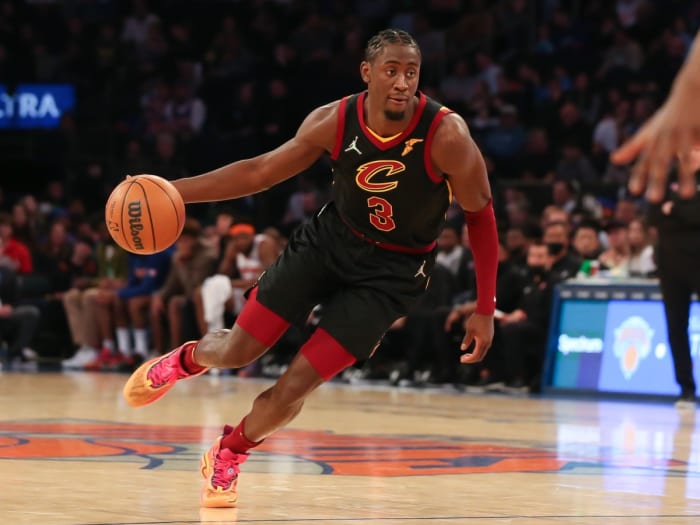
Credit: Tom Horak-USA TODAY Sports
Points Added: -78.5
Season Splits: 41.8 FG%, 33.1 3P%, 75.9 FT%
Caris LeVert, donning the Cleveland Cavaliers jersey, finds himself in the midst of a challenging season, reflected in a Points Added of -78.5. While individually contributing 14.1 points, 4.7 assists, and 3.8 rebounds, LeVert’s efficiency struggles have become a subplot in the broader narrative of the Cavaliers’ resurgence.
Examining his season splits reveals a field goal percentage of 41.8%, indicating inconsistencies in his scoring efficiency. While his three-point shooting at 33.1% and free-throw percentage at 75.9% demonstrate competence, LeVert’s overall impact seems diminished within a team showcasing emerging stars like Donovan Mitchell, Darius Garland, Jarrett Allen, and Evan Mobley.
The Cavaliers’ unexpected rise to the 3rd seed in the Eastern Conference places LeVert in a unique position. While the team flourishes with multiple figures, LeVert’s individual contribution seems less pronounced. The challenge for LeVert lies not only in statistical output but in finding a harmonious fit within the team dynamic, especially considering the burgeoning stardom of his teammates.
Individually, LeVert’s role becomes pivotal. As a player with the ability to create and score, his efficiency struggles raise questions about shot selection, decision-making, and adaptation to the Cavaliers’ playing style. Whether it’s a matter of adjusting to a new system, meshing with other offensive threats, or refining his offensive approach, the Cavaliers hope for a more seamless integration of LeVert into their evolving identity.

